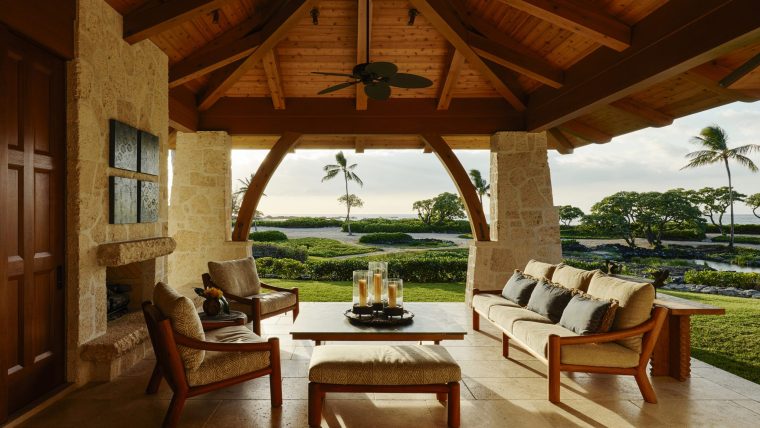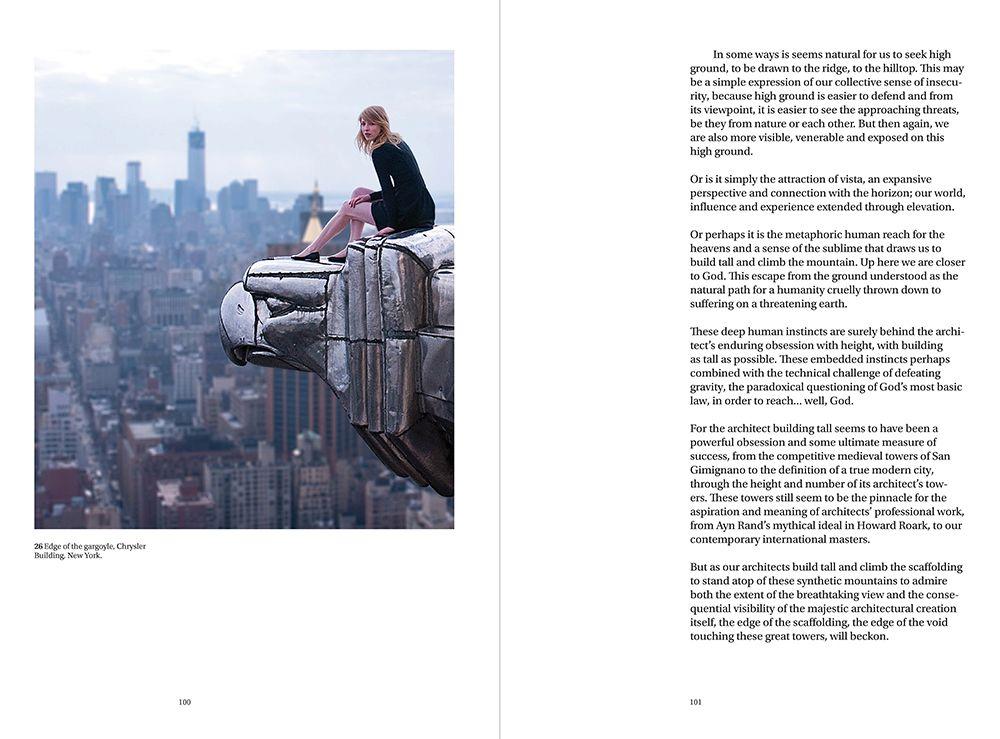In Louisville, Ky., on once-downtrodden East Market Street, the rejuvenation of a nearly collapsed, 115-year-old former dry goods store has earned the city its first LEED platinum status.
A catalyst for change, the mixed-use building has ignited a buzzing transformation for a Louisville neighborhood known now as Nulu, or New Louisville.
The renovation began when Chapel Hill, N.C. native Gill Holland and his wife Augusta, a Louisville native, bought the building in 2007. They contacted Doug Pierson and Chris Mercier of fer (form, environment, research) studio in Inglewood, Calif. for strategic and sustainable solutions.
The architects developed a plan for the 13,000 square-foot building, informed in part by deterioration at its center. To make it real, they summoned Louisville’s green community and challenged it to raise the bar for local energy-savings standards.
“The way we approached it was to bring in people along the way,” Doug said. “We wanted to integrate them into the design process.”
Louisville has no shortage of experts in geothermal heating and cooling, green roof development, or rainwater and energy storage systems. “We wanted to use the local talent,” Chris said.
The client was eager to make a statement about sustainability, but the architects were careful to pay attention to the historic nature of the building too. The result is a building with a 19th-century front façade and a 21st century rear. “You start out in a historic front, but by the time you get to the rear, you’re contemporary,” Doug said.
They started with a shell of a long and narrow freestanding building, broken up and bricked off in parts inside, with a collapsed roof that had enabled water to destroy two floors at its center. Their solution was to place a soaring, 45-foot-tall lobby right there, at its heart.
Out front is a restaurant, with a multi-use space nearby, and offices surrounding the lobby. Light pours in through a clerestory. “We broke up the volumes, compressing and opening spaces,” Doug said. “You walk down a narrow corridor on one side, and it opens up to a 1,000 square foot space. The lobby’s almost like an atrium.”
Their biggest challenge was to organize design elements to work in tandem with energy- saving systems, including energy recovery ventilation and storage, radiant heat, solar panels (81, on the roof), and geothermal wells (12 of them, 230-feet deep).
So how did that go?
“It was a big team, with a lot of arguments and tons of man-hours,” Chris said. “But it was all Louisville too.”
[slideshow id=271]


